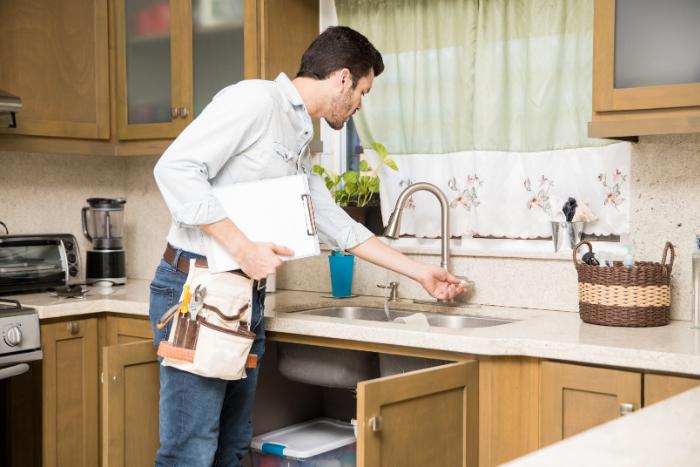What Is TDS in Water Testing?
Depending on where you live, there may be a need to measure TDS in water testing. High TDS levels can cause problems, including scale and staining in water pipes and appliances, and the taste of water may change. Using TDS to evaluate water quality can help you decide whether or not you need to use water treatment.
(Looking for water testing kits for bacteria? Contact us today!)

If you have a pool or spa, you may want to know whether or not your TDS level is appropriate. If the TDS level is high, the equipment may not last as long, or you may have to replace the equipment. In addition, high TDS can affect the taste of your water, and you may notice a salty or bitter taste.
It is also possible that the TDS level is high because of unnatural levels that have been deposited in the water supply. For example, urban runoff or seawater intrusion may increase TDS levels. These types of contaminants can also be found in municipal and industrial wastewater. They can leach into the water supply and cause problems. Some of these contaminants are toxic. The presence of toxic ions can cause health problems, and some substances may be unsafe for children.
There are a number of methods to measure TDS in water testing, but the most accurate methods are gravimetric and conductivity methods. These methods involve evaporating a liquid solvent, and then measuring the mass of residues. Gravimetric methods are the most accurate, but they are also time consuming. Conductivity methods are appropriate for inorganic salts.
If you have a pool, spa or other water feature, you may want to test the TDS level regularly to ensure that it is safe for use. Some states have set enforceable TDS standards, but the Environmental Protection Agency does not set a strict minimum for TDS.
High TDS levels can cause problems with appliances and pipes, and can leave deposits on your clothes and utensils. Depending on the area, some areas of the country have lower TDS levels than others. However, if your TDS level is over 250 mg/L, you should have concerns about alkalinity, chloride and iron. A high TDS level can also cause scale, which can impact the functionality of your appliances.
You can purchase a TDS meter to measure the TDS in water, which will cost between $10 and $100. These meters will not detect some contaminants, such as polyfluoroalkyl substances (PFAS), and can only measure dissolved solids. However, TDS meters are a simple, inexpensive tool for measuring the TDS level in water.
You can test the TDS in water at home, or you can take the sample to a testing laboratory. There are several different types of TDS, including dissolved solids and suspended solids. Water with a high TDS level has a high concentration of dissolved solids. Suspended solids tend to make water cloudy. This is a result of the density of the water.
Generally, the ideal TDS level for drinking water is 80 to 100 mg/L. Water with TDS levels over 1000 mg/L is not fit for consumption. This is especially true for children.

